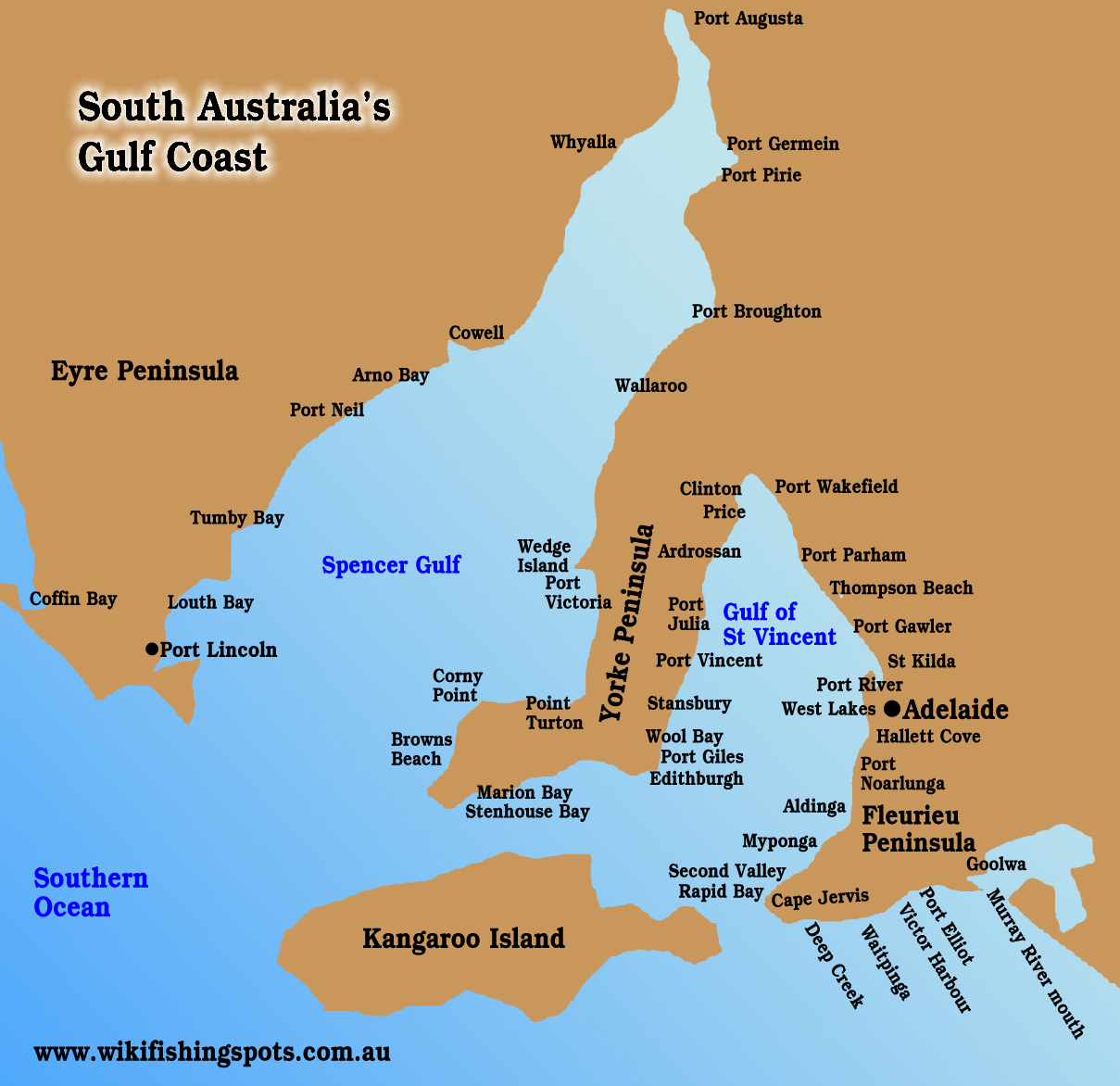Western Australia has temperate freshwater rivers and dams in the south-west which support a trout fishery.
Brown and rainbow trout are caught, with the fishery maintained almost solely by stocking.
Brown trout have formed wild populations in only a few locations.
Rainbow trout were introduced into Western Australia in 1927, about half a century after trout were introduced into Australian waters at Tasmania’s Plenty River.
WA’s first trout were released in streams between Albany and Gingin, but these mostly failed to establish.
A hatchery was built at Pemberton, 330km south of Perth on the Lefroy Brook catchment, to breed trout to stock waterways to provide ongoing fishing opportunities.
The Pemberton Trout Hatchery now stocks more than 650,000 trout each year.
The hatchery also supports a trout aquaculture industry.
Thousands of trout are stocked annually into WA rivers and dams.
The trout are released in various sizes – as fry, yearlings, advanced yearlings and large former broodstock fish.
In recent times the stocking of more larger yearling fish has been expanded with fish around 30cm released in numbers. The larger size gives stocked trout a better chance of avoiding being eaten by birds and other fish.
WA’s best trout dams are Waroona, Drakesbrook, Harvey, Logue Brook, Glen Mervyn and Big Brook – all stocked annually.
The best WA streams are Lefroy Brook, Warren, Donnelly, Collie Gorge below Wellington Dam and Murray River (Lane Pool area).
If you have limited time and want to experience fly fishing for trout then the Pemberton region is the place to start, with Lefroy Brook, the Warren River and Donnelly River all worth a try.
Big Brook Dam and Beedelup Lake are also near Pemberton.
Much like South Australia’s trout fishery, stream fishing in WA’s south-west is often done in tight country, and conditions are highly variable.
Spinning and bait fishing are the easier ways to catch fish.
Fly fishing offers more of a challenge, and from a boat on a dam can be more enjoyable, as it gives you a clear back-cast free of bankside trees.
Winter and early spring are generally the best time to fish dams. Trout go deep to cooler water in summer.
Fish early mornings and late afternoons in dams.
Fishing can be had all day in streams, though mornings and afternoons are usually better on bright days.
Trout do not like warm conditions.
Redfin are present in most WA trout waters. They must not be returned to the water.
Marron (freshwater crayfish) can also be caught in many WA trout waters during the short annual open season, usually in January.
Note that people aged 16 and over need a WA freshwater angling licence to fish for freshwater finfish in all inland waters south of Greenough, including above the tidal influence, including all lakes, dams, rivers and tributaries.
WA’s Shannon River is closed to all fishing.
Western Australian trout stocking plan for 2022

Trout stocking numbers are released annually.
Use the stocking data to decide where to fish, but also consider local rainfall, water levels and the prevailing temperature.
Flies and small spinners and soft plastics work well on WA trout in clear water.
When the water is discoloured bait such as worms or shrimp work well.
Commercial trout bait products such as this also catch fish.
Here is a list of recommended tackle for freshwater fishing, including within stocked dams.

WA stocked trout waters
South-west WA river conditions
Perth dam levels
WA Govt freshwater angling guide
WA fishing regulations
Email updates or corrections to [email protected]

